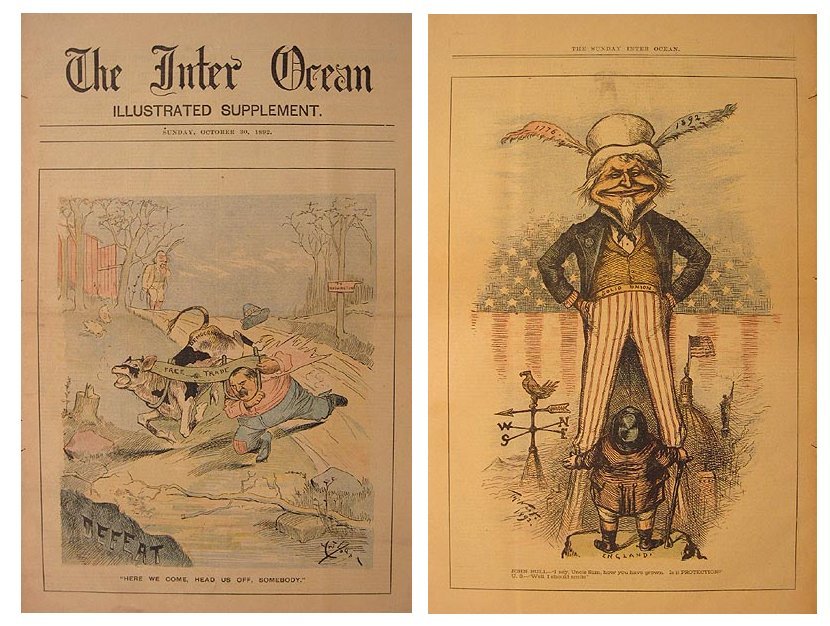The importance of color in newspaper art cannot be overstated. Color plays a significant role in how illustrations, designs, and images are perceived by readers. In newspapers, the right color choices can capture attention, set the tone, and even convey emotions. In this article, we will explore why color is so vital in newspaper art and how it can be used to make powerful visual statements.
Color Sets the Mood
One of the main reasons for the importance of color in newspaper art is that it helps set the mood. Just like in any form of visual art, color has the power to evoke certain emotions. For instance, warm colors like red, orange, and yellow are often associated with energy, passion, or urgency, while cooler colors like blue and green can give a sense of calm, trust, or sadness.
In newspapers, artists use these emotional cues to align with the content of the article or editorial. For example, if an article is discussing a serious issue, like a natural disaster or political event, muted or darker tones may be used to create a somber tone. On the other hand, a lighthearted or fun article may feature brighter, more vibrant colors to make the reader feel cheerful or excited.

Color Grabs Attention
Another reason the importance of color in newspaper art is often emphasized is that color grabs attention. In the busy layout of a newspaper, with all its articles, headlines, and advertisements, it’s easy for a reader to overlook a single illustration. However, using bold and contrasting colors can make the art stand out.
For example, a splash of red or yellow in a headline illustration can immediately draw a reader’s eye, making them want to stop and take a closer look. Color can create focal points within an image, ensuring that the most important parts of the illustration catch attention first. It’s a simple yet effective way to guide the reader’s focus.
Color Enhances Storytelling
The importance of color in newspaper art also lies in its ability to enhance storytelling. Illustrations in newspapers often accompany articles to visually explain or add depth to the story. The colors chosen for these illustrations can emphasize key themes and help readers better understand the content.
Consider a political cartoon, for example. If the cartoon depicts a leader or politician, the artist might use bright colors to symbolize their power or influence. Conversely, muted tones might represent the uncertainty or problems associated with the situation. These color choices provide visual clues to the reader, adding layers of meaning to the illustration that might not be conveyed by words alone.
Color Improves Readability
Besides making an illustration more visually appealing, color can also improve the readability of newspaper art. This is especially true when it comes to infographics or charts. The importance of color in newspaper art in these cases is crucial for making complex data easy to understand.
For instance, different colors can be used to distinguish between categories or values in a graph or chart. This helps readers quickly process the information and draw conclusions without getting lost in the details. Using a consistent color scheme throughout the newspaper also helps create a cohesive look and feel, making the entire publication easier to navigate.
Color Reflects Branding
The importance of color in newspaper art is also linked to branding. Newspapers, like any other publication, use color to create a visual identity. Certain newspapers are known for their distinctive color palettes, which readers recognize immediately. For example, the use of bold colors in the logo or heading of a newspaper can make it instantly recognizable on the newsstand.
In this way, color serves not only as an artistic tool but also as a marketing tool. Consistent use of a particular color scheme helps build brand recognition, which is important for attracting and retaining readers. Readers begin to associate those colors with the quality and style of content they expect from that publication.
Color Makes Art More Accessible
The importance of color in newspaper art extends to making art more accessible. Color choices can help illustrate complex topics and make them easier for all readers to understand, including those with visual impairments. For instance, using high contrast colors can make text or images more readable for those who may have difficulty distinguishing between different shades.
Additionally, color can be used to highlight key facts or details that are essential to the story, ensuring that all readers, regardless of their background or abilities, can fully engage with the content. This makes color not only an artistic choice but also an inclusive one.
Color Complements Design and Layout
Finally, the importance of color in newspaper art can be seen in how it complements the overall design and layout of the publication. Newspapers are carefully designed with sections, columns, and spaces that guide the reader through the content. Color helps tie these elements together, creating a visually pleasing flow.
For example, color can be used to separate different sections of the newspaper, highlight specific articles, or create visual harmony between the images and text. Thoughtful color choices ensure that the overall design of the paper is not just functional but also aesthetically pleasing. It makes the entire reading experience more enjoyable and cohesive.
Conclusion
The importance of color in newspaper art is clear. From setting the mood to grabbing attention and enhancing storytelling, color plays a crucial role in how readers interact with newspaper illustrations. It improves readability, reflects branding, and even makes the content more accessible to a wider audience. By carefully choosing colors, illustrators can create art that not only supports the written content but also enhances the overall experience for the reader.
In today’s fast-paced media environment, color is more than just decoration—it’s a vital tool that helps newspapers communicate their stories effectively. Whether through vibrant, bold colors or subtle, muted tones, color is a powerful way to make editorial illustrations and newspaper art stand out and make an impact.











